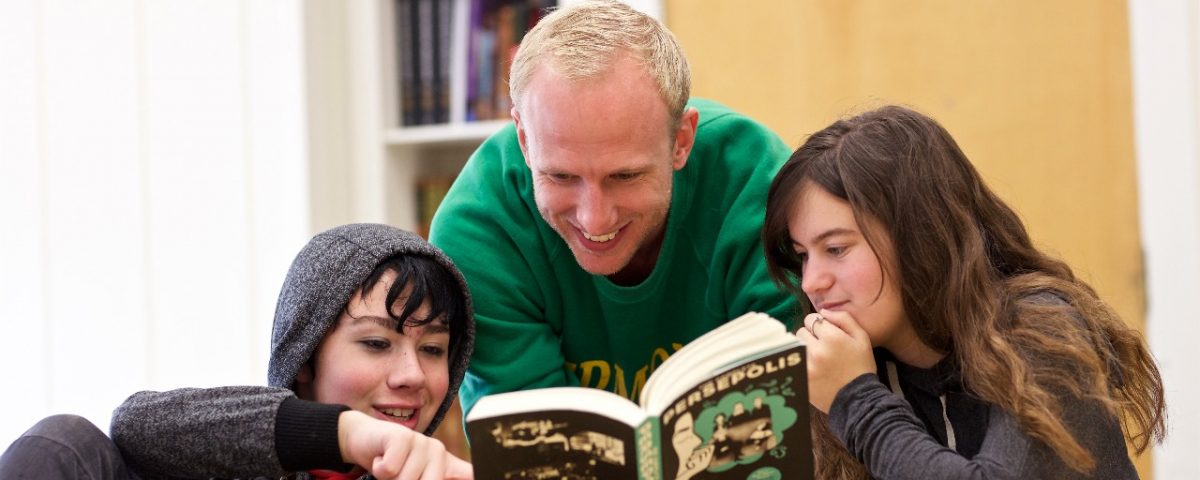The Case For Small Classes
The Case For Small Classes








When students get the academic attention they deserve, they thrive.
Teachers make an incredible impact on the lives of their students, but the more children there are in a classroom, the more challenging it is for educators to deliver the individualized guidance kids need. In fact, research has consistently identified class sizes of 15 to 18 students as ideal. This number has presented an effective compromise that takes limited school resources, demonstrated student need, and professional training into account. But with a National Education Association report placing the average class size for primary school upwards of 26 students, it’s apparent that a bulk of the nation’s schoolchildren are not in classrooms optimized for individualized learning.
At Oliverian, we believe that small classes and a nearly 1:1 student-to-teacher ratio empower our educators to form the strongest possible relationships with our kids. With an average class size of 7, Oliverian prepares students to succeed in learning environments that can take their personal strengths — and needs — into consideration.
1. Smaller Class Sizes Boost Academic Performance
Academic metrics improve when children are placed in classrooms that have fewer than 17 students. A randomized experiment that sorted 11,500 elementary school students in Tennessee into classes of 13 to 17 students and 22 to 25 students found conclusive evidence that, compared with children in larger classes, kids in smaller classes performed better on math and reading assessments by as much as 5 percentile points.
A follow-up with the most effective teachers in this program found that smaller classes allowed educators to deploy a full range of academic strategies for each student. For example, teachers were able to more closely observe the performance of every child in their classroom, re-teach lessons with a personalized focus, and form more robust relationships with each student. While the presence of teaching aides certainly helps educators in larger classes deliver the level of attention each student deserves, research is clear that smaller class sizes frees teachers to spend more time on quality instruction and less on classroom management.
2. Smaller Class Sizes Improve Student Behavior
The benefits of smaller class sizes go beyond how students perform on standardized tests. The same research that shows improved results on math and reading assessments also reveals that smaller classes have a lasting impact on how students behave. In categories ranging from juvenile criminal behavior to teenage pregnancy, students in smaller classes fared better than peers placed into larger classes.
With stronger and more interactive relationships between students and teachers — relationships that keep children engaged in academic tasks rather than waiting for teacher evaluation — students were less likely to disrupt class. Since students who act out in the classroom can fall into a negative academic and disciplinary feedback loop that can have serious ramifications on long-term educational and personal success, a personalized and engaging classroom improves outcomes for students and teachers alike.
3. Smaller Class Sizes Drive Long-Term Success
Importantly, the level of individualized instruction afforded by more manageable class sizes helps educators better prepare students for later academic and eventual professional success. When observed over an extended period of time, students from the Tennessee study enjoyed higher rates of high school graduation, college enrollment, degree completion, quality of higher education, financial management, marriage rates, and even home ownership. Classroom size is really that important.
Clearly, the relationships formed between educators and students at every stage of primary education have lasting effects on confidence, judgment, and self-awareness. By encouraging active engagement in the classroom and modeling positive socialization for children, smaller classes help students take their academic and professional careers into their own hands.
